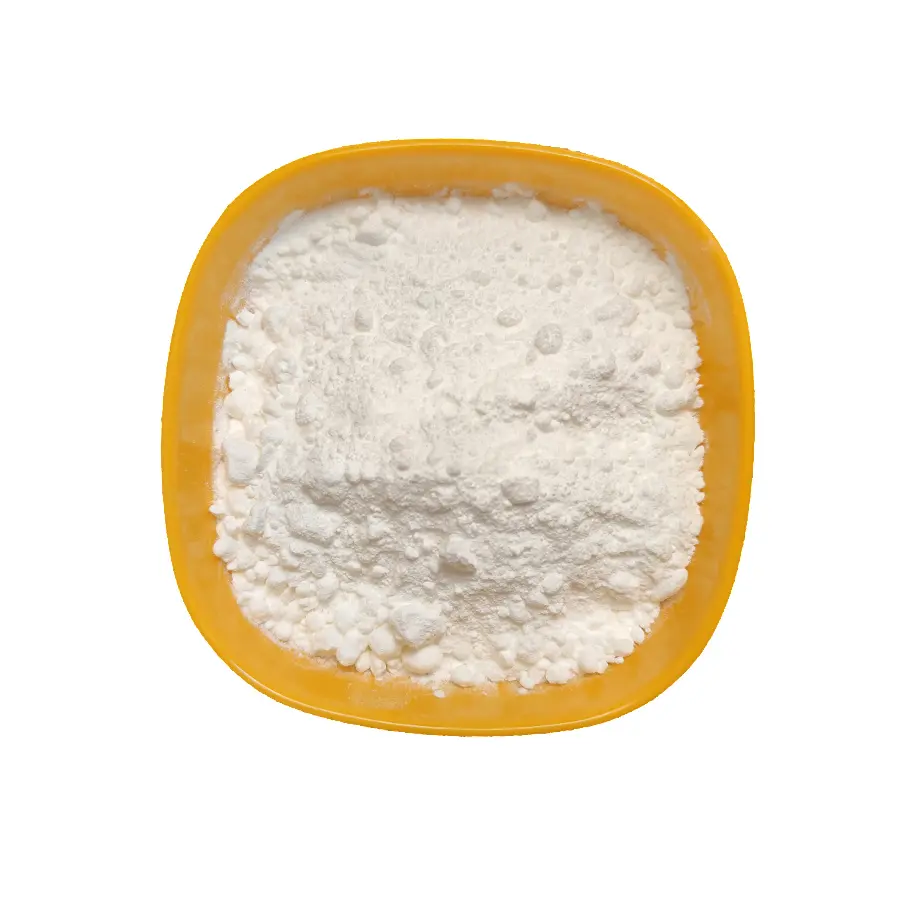The thermal decomposition method is to prepare magnesium oxide by calcining magnesium carbonate (magnesite)) and magnesium hydroxide (brucite) at high temperature, the type and particle size of the roasting precursor, and the process conditions of calcining (roasting atmosphere, gas flow rate, etc.) and heating rate, etc.) affect the surface morphology and surface properties of magnesium oxide.
Tibet Mag used magnesium hydroxide, magnesium carbonate and magnesium oxalate as precursors to prepare magnesium oxide, and studied the structure and properties of magnesium oxide prepared by roasting light magnesium carbonate at 350℃~800℃. With the increase of calcination temperature, the specific surface area of MgO and the number of basic sites both increase first and then decrease. When the calcination temperature is 375°C, the prepared
magnesium oxide has a higher specific surface area and a large number of basic sites. When the temperature rises further, product decomposition and exothermic effect will occur, the basic sites of magnesium oxide will be partially removed, and the specific surface area will decrease.
The thermal decomposition of magnesium hydroxide or magnesium carbonate first forms a “polymorph” that retains the morphology and structure of the precursor, and then calcines at high temperature to destroy the aggregation structure of the polymorph, that is, to obtain magnesium oxide with good dispersion. Calcining at high temperature increases the grain size of magnesia and reduces the specific surface area of magnesia. Therefore, it is difficult to prepare magnesia with uniform morphology and high specific surface area by thermal decomposition, and further processing is required.

